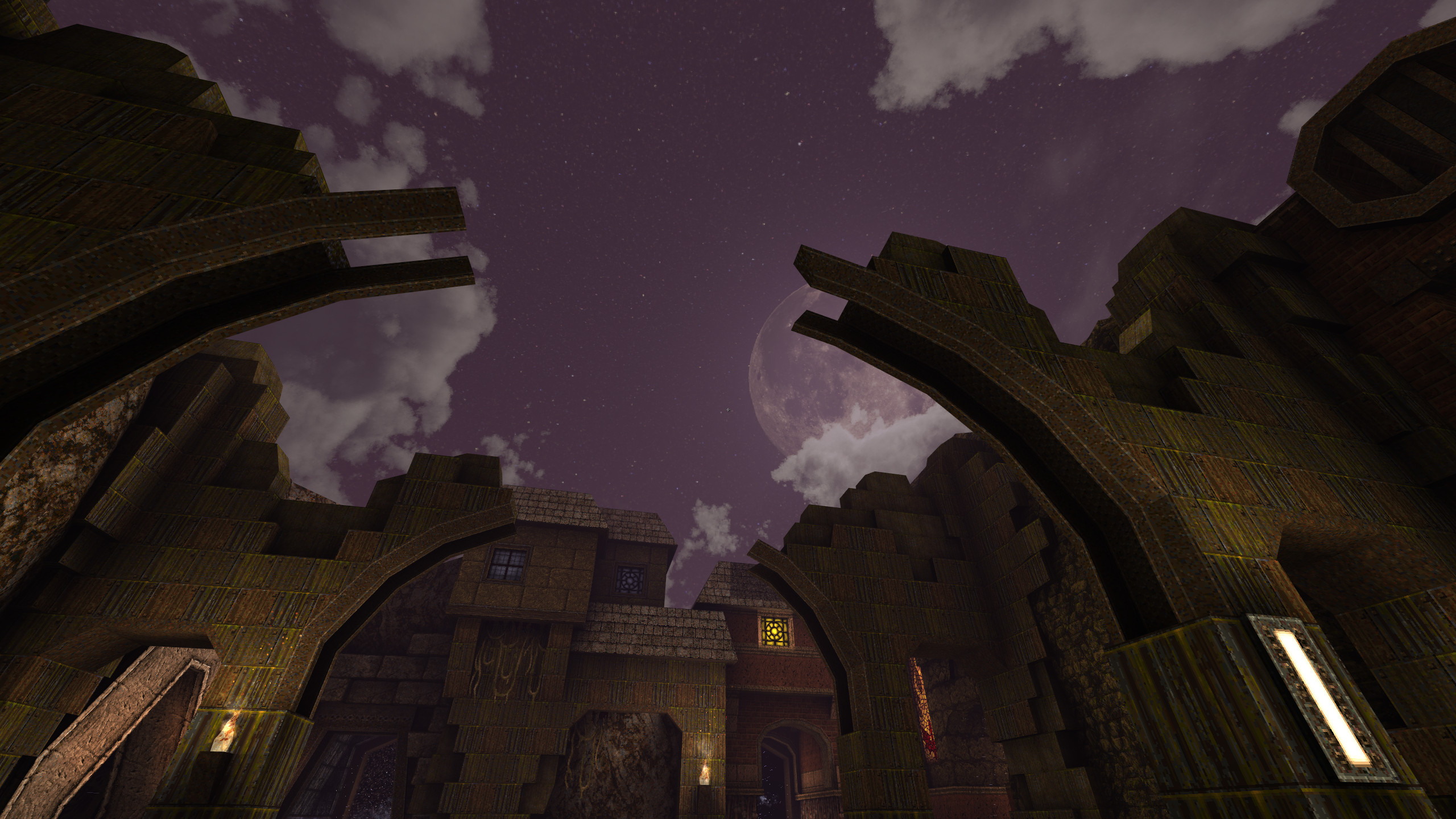
About metalonvinyl.net
Article originally published on metalonvinyl.net on 21st November 2010.
Metal on Vinyl is dedicated to reviewing new and old release heavy metal albums that have been issued on vinyl. I look at each album from a musical perspective, and also review based on sound quality. I’ll also let you know if any extra bonus material such as artwork, posters etc. are included with each release.
One of my main motivations for creating this website, and in fact where my interests in the vinyl format lie, is basically what is currently being referred to as "The Loudness War". The Loudness War is an industry effort to maximise the perceived volume on the audio CD format, and indeed digital music in general.
To understand this from a technical perspective, the following is taken from the Loudness War Wikipedia article:
With the advent of the Compact Disc (CD), music is encoded to a digital format with a clearly defined maximum peak amplitude level. Once the maximum amplitude of a CD is reached, the perception of loudness can be increased still further through signal processing techniques such as dynamic range compression and equalization. Engineers can apply an increasingly high ratio of compression to a recording until it more frequently peaks at the maximum amplitude. Extreme uses of dynamic range compression can introduce clipping and other audible distortion to the waveform of the recording. Modern albums that use such extreme dynamic range compression therefore sacrifice quality of musical reproduction to loudness. The competitive escalation of volume processing has led music fans and members of the musical press to refer to the affected albums as victims of a “loudness war”.
And to understand this from a motivational perspective:
When comparing two recordings with different levels, listeners are likely to prefer the louder one. One way to explain this is the psycho-physiological effect illustrated by the Fletcher-Munson curves, which describe the way the human ear responds at different sound pressure levels. As the level increases, we perceive more low and high frequency content. Music with higher average level is also more easily heard and understood in noisy environments such as those of cars, trains, or busy city streets. On lower-quality systems and ear-buds, it may also sound better because its higher signal to noise ratio compensates for some of such systems’ more limited distortion-free dynamic range.
Furthermore, artists and A&R people are usually inclined to request that their mastered music releases match the loudness level of other current contemporary music releases of similar genres.
Anyone with a decent sound system in their home however, upon listening to a musical piece that has been mastered in such a way might be sorely disappointed. Listening to an album that has been heavily compressed will not only sound inferior to a well mastered album, but will cause listener fatigue.
Sitting through a modern, heavily compressed album at any sort of moderate volume levels will almost force the listener to turn the volume knob down or simply switch the music off altogether.
THE PHENOMENON CAN BE LIKENED TO TRYING TO READ A DOCUMENT THAT HAS BEEN CAPTIALISED THE WHOLE WAY THROUGH. MUCH LIKE LISTENER FATIGUE, READER FATIGUE IS CAUSED IN A SIMILAR WAY IN THAT IT IS MUCH HARDER TO READ A DOCUMENT THAT HAS NO VARIATION IN THE FONT OR LETTERING FOR ANY LENGTHY PERIOD OF TIME.
Unfortunately, like many other genres, compression like this is currently used widely in heavy metal music.
The only saving grace at this point lies within the vinyl format. Ironically, due to the limitations of the format, audio engineers are forced to master the vinyl pressing of an album differently, and most of the time this results in a much more dynamic and listenable experience.
